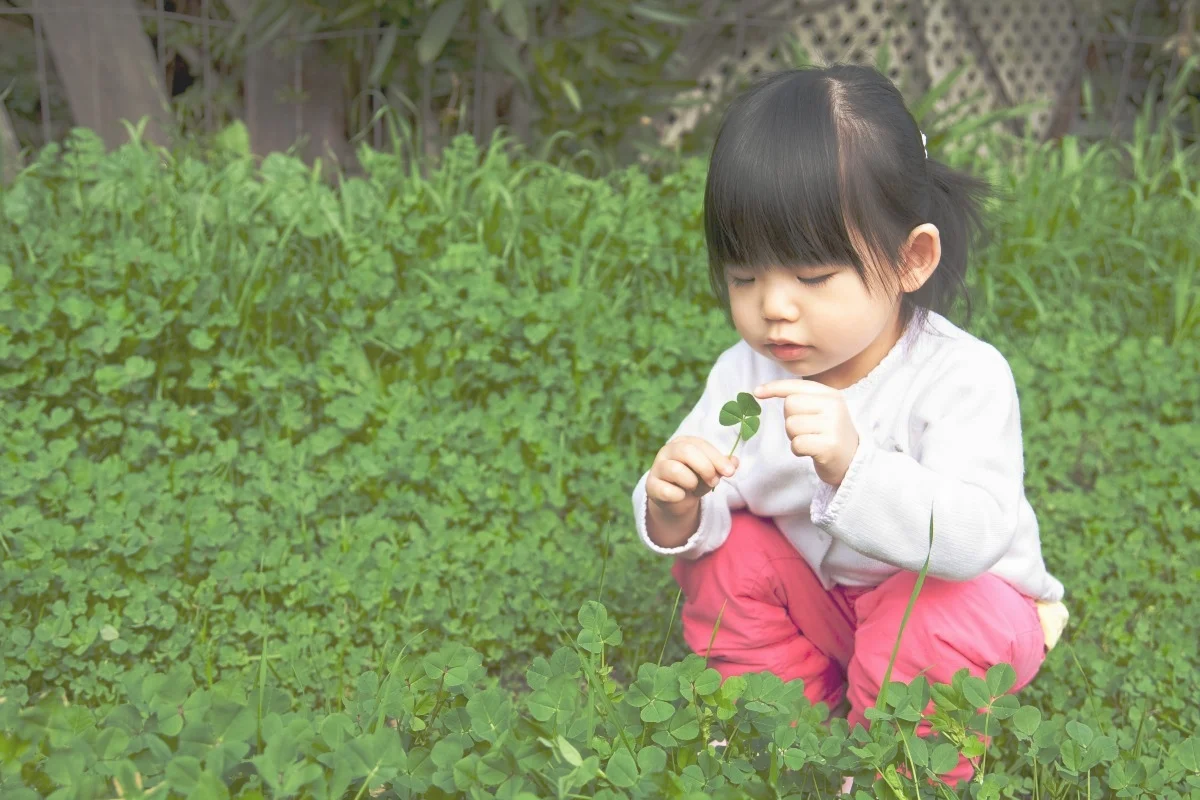Our children’s minds are everything — their personality, their intellect, their actions, and their judgment. The way we relate to our kids day-to-day plays a critical role in supporting their mental health.
As parents and teachers, we have the opportunity and the responsibility to promote mindfulness, as we stimulate children’s curiosity and encourage self-awareness. These practices can benefit your kids by boosting their mood and self-esteem, encouraging positive behavior, and aiding in academic learning.
It all begins in the mind, (cue The Matrix music!)
Thinking includes many different mental processes; such as compare, infer, explain, and analyze. Consider the difference between “Let’s look at these two pictures” and “Let’s compare these two pictures.” Poking your students with these questions after watching a movie, reading a book, or observing a walk in the park can promote mindfulness as children become aware of the steps to critical thinking and understand where their own thoughts come from. These routines support their development as self-directed learners and promote learning for understanding.
Outside of thought process, we must also understand how emotional process plays it’s part. Consider this: When your child has flipped their lid, the “upstairs” part of the brain is not available. The upstairs part of the brain is where we make decisions, show empathy, have self-control etc. Therefore, it is our job to wait until the child calms down or to help them calm down, before we try to rationalize with them.
Moreover; when your child is upset, we should first connect right brain to right brain. Your right brain is home to your emotions. In these situations, we connect their frustrations with our empathy. Once they are more receptive, we can redirect with the left brain. The left brain controls your logical thought processes, much like the thinking types described before. It is important to note, redirect does not mean to distract. It means to involve the child in making amends and finding solutions together.
On another aspect of emotions, Dr. Dan Siegel; author of “The Mindful Brain”, has found that secure attachment is essential for the development of children’s mental health & well-being. Secure attachment is the feeling of security children have with their caregiver. Siegel’s research demonstrates that the PFC (Pre-Frontal Cortex) is strengthened in children who have patterns of secure attachment. The PFC allows us to be emotionally balanced and self-aware, responsive instead of reactive, intentional with our bodies, empathetic, and intuitive. Dr. Siegel said that we can foster secure attachment if we remember the following 4 "S"s. Our children need to be:
· Seen: this is not just seeing with the eyes. It means perceiving them deeply and empathically — sensing the mind behind their behavior, with what Dr. Siegel calls "mindsight"
· Safe: we avoid actions and responses that frighten or hurt them
· Soothed: we help them deal with difficult emotions and situations
· Secure: we help them develop an internalized sense of well-being
Overall, it is important to communicate with your child. Remember to poke questions, to connect appropriately to their mental state, and lay the groundwork for secure attachment.
A last key for mindfulness? The best method for raising the mindful child is to set the example yourself. Be curious with your surroundings. Ground yourself in where you are and what is happening. Look past your ego and take other’s emotions into account. Keep your mental health in a good space and your children’s health can better follow suit.

